Hypothermia reduces body temperature to 35⁰C or lower. It happens due to an imbalance between the body's thermal energy and ambient temperature produced. The body loses heat due to energy radiation and staying in a cold environment or contact with low temperatures.
Chilling leads to a slowdown in metabolic processes and, above all, to disturbances in consciousness and reduced efficiency of the body's work, which may be a direct cause of an accident.
Paramedics and doctors rarely measure temperature with a thermometer to diagnose hypothermia. Assessment is usually made by observing general symptoms and body reactions.

The standard body temperature![]() of a healthy adult is between 36.6 and 37 degrees Celsius. A reduced temperature is below 36.6 but above 35 degrees. Even lower values are called hypothermia
of a healthy adult is between 36.6 and 37 degrees Celsius. A reduced temperature is below 36.6 but above 35 degrees. Even lower values are called hypothermia![]() , i.e., cooling of the body.
, i.e., cooling of the body.
A slightly lowered temperature does not threaten health or life, but it may be a symptom of many serious diseases, especially if it persists for a long time. Before concluding, however, you should check the readings' accuracy using another thermometer (electronic devices tend to underestimate the results).
The place of measurement (under the arm) and its technique (the thermometer should be pressed well against the body) are also important. It is also worth measuring the temperature at different times of the day, remembering that in the morning, it is usually lower than in the evening, even by 0.5 degrees Celsius.
There can be many causes![]() of body hypothermia. In older people
of body hypothermia. In older people![]() , physiological thermoregulation mechanisms often function incorrectly. In turn, children freeze faster due to an unfavorable ratio of body weight to its surface area and the inability to assess the situation (e.g., playing in the water for a long time despite feeling cold).
, physiological thermoregulation mechanisms often function incorrectly. In turn, children freeze faster due to an unfavorable ratio of body weight to its surface area and the inability to assess the situation (e.g., playing in the water for a long time despite feeling cold).
Hypothermia is also promoted by alcohol consumption, which causes blood vessels to relax and increase heat loss, as well as reducing muscle tremors. Some psychoactive substances may have a similar effect.
Selected diseases![]() increase the risk of hypothermia:
increase the risk of hypothermia:
They all influence not only the body's thermoregulation but also the subjective feeling of cold.
Factors increasing the risk of hypothermia include:
In the first stage![]() of hypothermia, when the body temperature reaches 32-35 degrees Celsius, the person is conscious but shivers. The body, feeling that it is losing the temperature necessary for the proper functioning of all organs, tries to raise it by forcing the muscles to move.
of hypothermia, when the body temperature reaches 32-35 degrees Celsius, the person is conscious but shivers. The body, feeling that it is losing the temperature necessary for the proper functioning of all organs, tries to raise it by forcing the muscles to move.
Shivering is the first sign that you must look for a place to warm up or put on layers of clothing to retain heat. In the shivering stage, there is slight cooling – just getting to a warm place, drying yourself if your body is wet, and drinking hot fluids to warm up can help.
When chills and cold hands and feet are accompanied by other symptoms![]() , e.g.:
, e.g.:
Then, you are dealing with mild hypothermia![]() . At this stage, a person still can act on their own – to get to a place where help will be provided, to light a fire, or to make other attempts to warm themself.
. At this stage, a person still can act on their own – to get to a place where help will be provided, to light a fire, or to make other attempts to warm themself.
In the second stage![]() of hypothermia, when the temperature is from 28 to 32 degrees Celsius, there are no more chills. Still, the level of consciousness is lowered, speech and motor coordination are impaired – muscles are stiff, movements are incoherent, speech is slurred, the person is apathetic and loses track of time. In this condition, they require help from others.
of hypothermia, when the temperature is from 28 to 32 degrees Celsius, there are no more chills. Still, the level of consciousness is lowered, speech and motor coordination are impaired – muscles are stiff, movements are incoherent, speech is slurred, the person is apathetic and loses track of time. In this condition, they require help from others.
In the third stage![]() of hypothermia, when the body temperature is 24-28 degrees Celsius, the person loses consciousness and looks as if dead – the skin is blue-green, the pulse and breathing are barely felt or symptoms of respiratory and circulatory arrest, the pupils do not react to light. At this stage, resuscitation is necessary.
of hypothermia, when the body temperature is 24-28 degrees Celsius, the person loses consciousness and looks as if dead – the skin is blue-green, the pulse and breathing are barely felt or symptoms of respiratory and circulatory arrest, the pupils do not react to light. At this stage, resuscitation is necessary.
In the fourth stage![]() of hypothermia, circulatory arrest occurs when the temperature drops below 24 degrees Celsius. Stage five
of hypothermia, circulatory arrest occurs when the temperature drops below 24 degrees Celsius. Stage five![]() is irreversible hypothermia, i.e., death.
is irreversible hypothermia, i.e., death.
Although the pathophysiology and clinical discoveries of this condition appear along a continuum, the commonly accepted definition separates hypothermia into three types: mild, moderate, and severe. It is significant to use during diagnosis![]() special low-reading thermometers because standard ones measure only as low as 34.4 degrees Celcius. Core temperature measurement is necessary to diagnose and control hypothermia. The gold standard is measurement in the lower part of the esophagus, but this is only possible in unconscious and intubated patients. An alternative is to measure the temperature in the rectum. However, temperature monitoring in this way may be distorted when the bladder is flushed with warm fluids or when the rectum is filled with large amounts of feces.
special low-reading thermometers because standard ones measure only as low as 34.4 degrees Celcius. Core temperature measurement is necessary to diagnose and control hypothermia. The gold standard is measurement in the lower part of the esophagus, but this is only possible in unconscious and intubated patients. An alternative is to measure the temperature in the rectum. However, temperature monitoring in this way may be distorted when the bladder is flushed with warm fluids or when the rectum is filled with large amounts of feces.
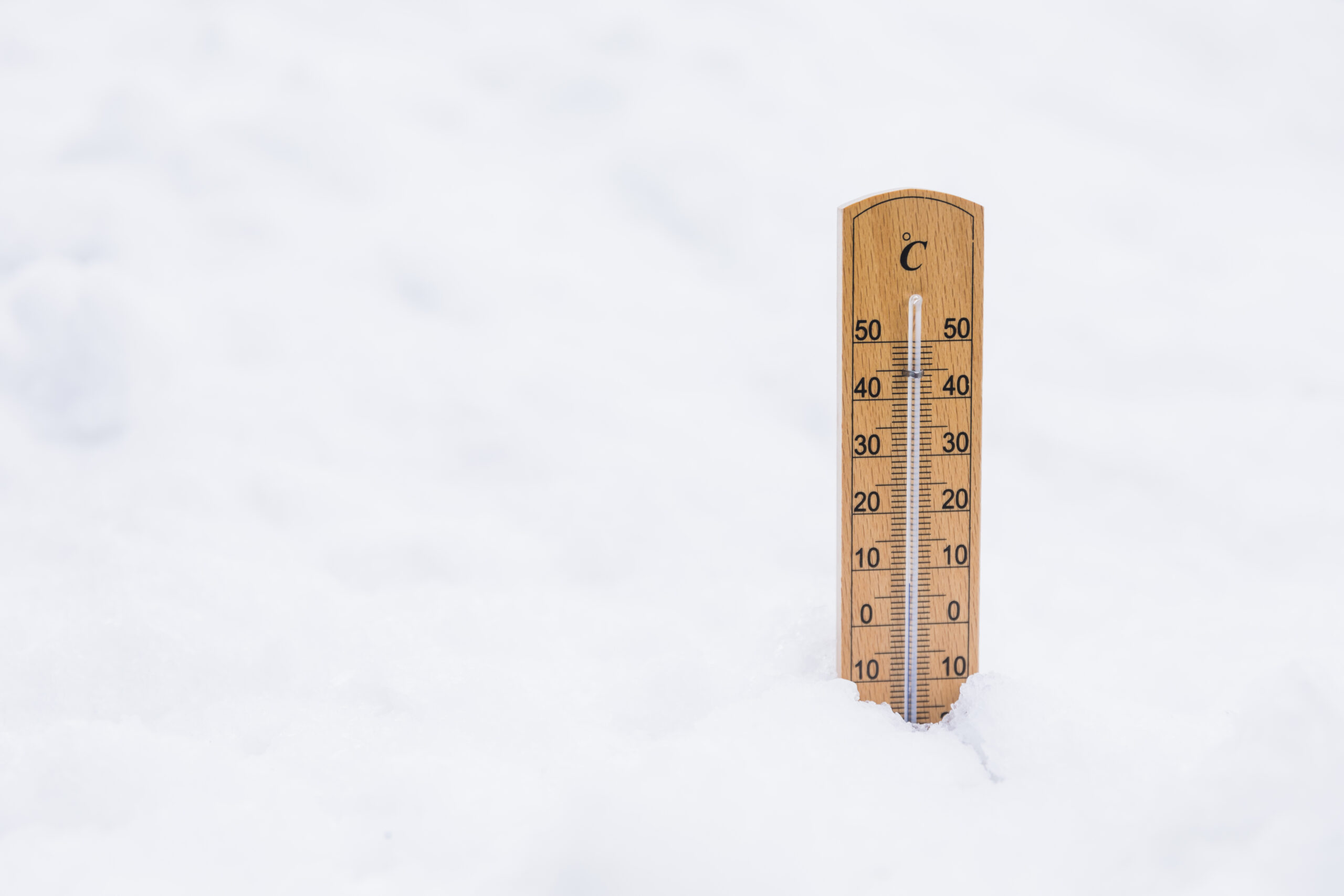
Due to its convenience, temperature measurement from the tympanic membrane may be an appropriate initial tool for pre-hospital use. Still, the hospital should replace it with a more accurate method. It is essential that the thermometer used can accurately measure a wide range of temperatures. The most straightforward thermometers from the pharmacy have a lower measurement limit of 34 degrees Celsius. We need a thermometer whose range of possibilities starts from 10 degrees Celsius.
We must treat a hypothermic person![]() should very carefully. In case of mild symptoms of hypothermia, when the injured person is fully conscious, they should be undressed from wet clothes and, if necessary, cut their clothes.
should very carefully. In case of mild symptoms of hypothermia, when the injured person is fully conscious, they should be undressed from wet clothes and, if necessary, cut their clothes.
It is also important to isolate the injured person from the cold. A conscious person can be given sweet, warm drinks, but a chilled person should not be given alcohol. Unconscious people with hypothermia must not be given any drinks, transport in a vertical position and undressing should be avoided, and medical assistance should be provided as soon as possible.
A victim of hypothermia in a state of deep hypothermia is often challenging to distinguish from a deceased person. The first aider should carefully assess the presence of a preserved circulation to avoid resuscitating a patient who has a preserved circulation. In this case, resuscitation undertaken too early may lead to disruption of the slow heart rhythm, trigger ventricular fibrillation, and worsen the patient's condition.
Emergency teams may use a heart monitor with an ECG recording![]() or an ultrasound scanner to assess the heart rhythm of a hypothermic person. That is because initially when hypothermia is mild, we may observe sinus tachycardia. Deepening hypothermia leads to further disorders. We can observe changes in the rhythm – atrial fibrillation is expected, followed by bradycardia, up to ventricular fibrillation and urokolia. Conditions such as atrial fibrillation do not need specific treatment and usually disappear with warming.
or an ultrasound scanner to assess the heart rhythm of a hypothermic person. That is because initially when hypothermia is mild, we may observe sinus tachycardia. Deepening hypothermia leads to further disorders. We can observe changes in the rhythm – atrial fibrillation is expected, followed by bradycardia, up to ventricular fibrillation and urokolia. Conditions such as atrial fibrillation do not need specific treatment and usually disappear with warming.
Advanced hypothermia always requires hospitalization![]() . The doctor will assess the patient's health in terms of hypothermia and the occurrence of possible frostbite
. The doctor will assess the patient's health in terms of hypothermia and the occurrence of possible frostbite![]() . There are four categories of frostbite. Their treatment primarily involves gradually raising body temperature. Moreover, specialists try pharmacologically increasing peripheral circulation and elevating the limb to reduce swelling. If necrotic changes occur, the damaged tissues are removed.
. There are four categories of frostbite. Their treatment primarily involves gradually raising body temperature. Moreover, specialists try pharmacologically increasing peripheral circulation and elevating the limb to reduce swelling. If necrotic changes occur, the damaged tissues are removed.
The first step is to stop heat loss. We lose heat through:
We lose most of the heat through the skin. Therefore, the most important thing is that we secure this road. Potential chilled patients should be placed in a warm and dry room. Specialists remove the patient's wet clothes. Importantly, they undress the patient only when they are already in the room (at least in the ambulance). Please do not take off our clothes outside in the open. Cover dry skin with dry blankets; sleeping bags work great. NRC metalized foil has poor thermal properties and can be used as an addition; it cannot constitute the primary insulating layer.

At this stage, it should be emphasized how important it is to protect the patient against hypothermia during medical activities. Specialists usually prefer the patients to be undressed and exposed – because then they can do an EKG, insert an intravenous line, or connect a monitor. Unfortunately, this can lead to hypothermia even in patients who were not initially hypothermic.
Remember that hypothermia does not only happen in winter. Although looking for hypothermia in the warm months is unintuitive and easy to forget about it, it can also happen in summer.
One of the consequences of hypothermia may also be frostbite![]() . It mainly affects the areas of the body with the least blood supply, i.e., fingers and nose.
. It mainly affects the areas of the body with the least blood supply, i.e., fingers and nose.
A separate problem resulting from cold (temperature above 0°C) and moisture is tissue damage. Freezing does not occur in the limb, but as a result of long-lasting hypothermia and often too tight footwear, the vessels become constricted, and the chronically ischemic skin is irreversibly damaged. The foot is swollen, blue, and cold. The depth of damage to frostbitten layers is divided according to a four-point scale.
First-degree frostbite affects the superficial layer of the skin. It is waxy pale, and sensory disturbances, such as hyperesthesia, i.e., excessive sensitivity to touch and pain, may occur. Second-degree frostbite is characterized by the formation of blisters on the second or third day after the injury, and there is no pain sensation. Third-degree frostbite is much deeper and affects the skin throughout its entire depth.
The skin is warm. A fluid-filled blister can occur after rewarming the skin. If you have fourth-degree frostbite, your skin turns black because your cells die after freezing. On your skin, a hard, black covering might develop – it will fall off on its own. If it doesn’t, a specialist will remove it during surgery.
Table of Contents
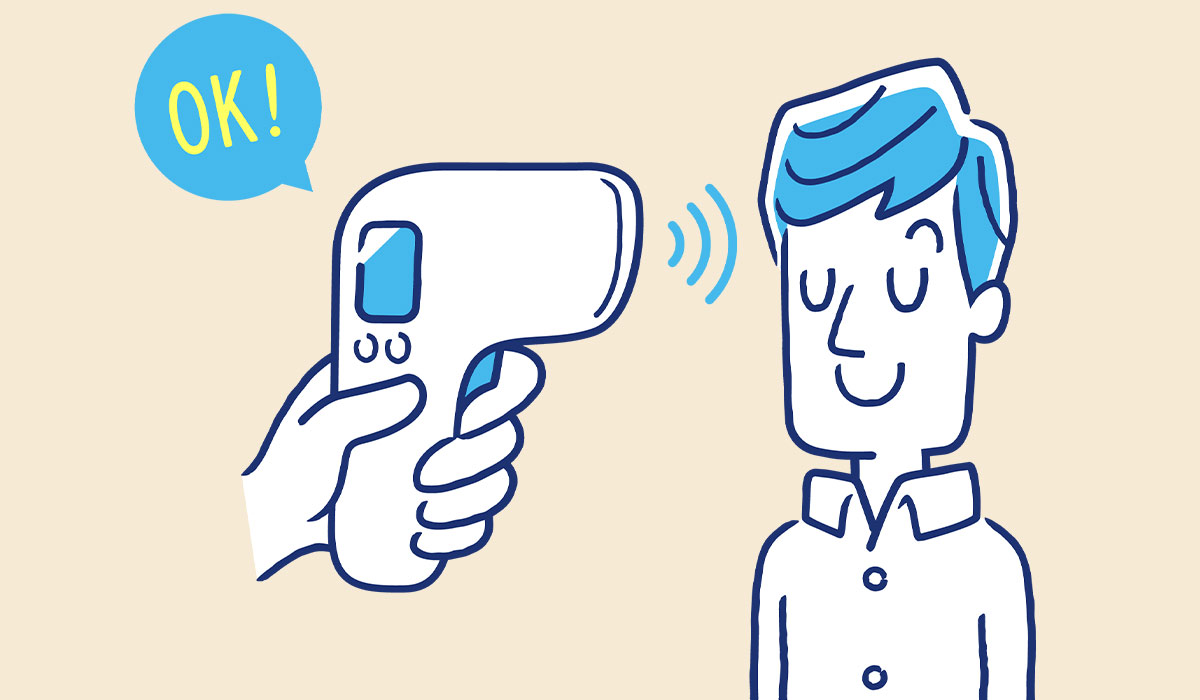
The normal body temperature for a healthy person is 36.6 degrees Celsius. Minor deviations from this value are accepted. In… read more »

Hot weather can be hazardous to health. The human body can naturally defend itself against heat, but it may not… read more »
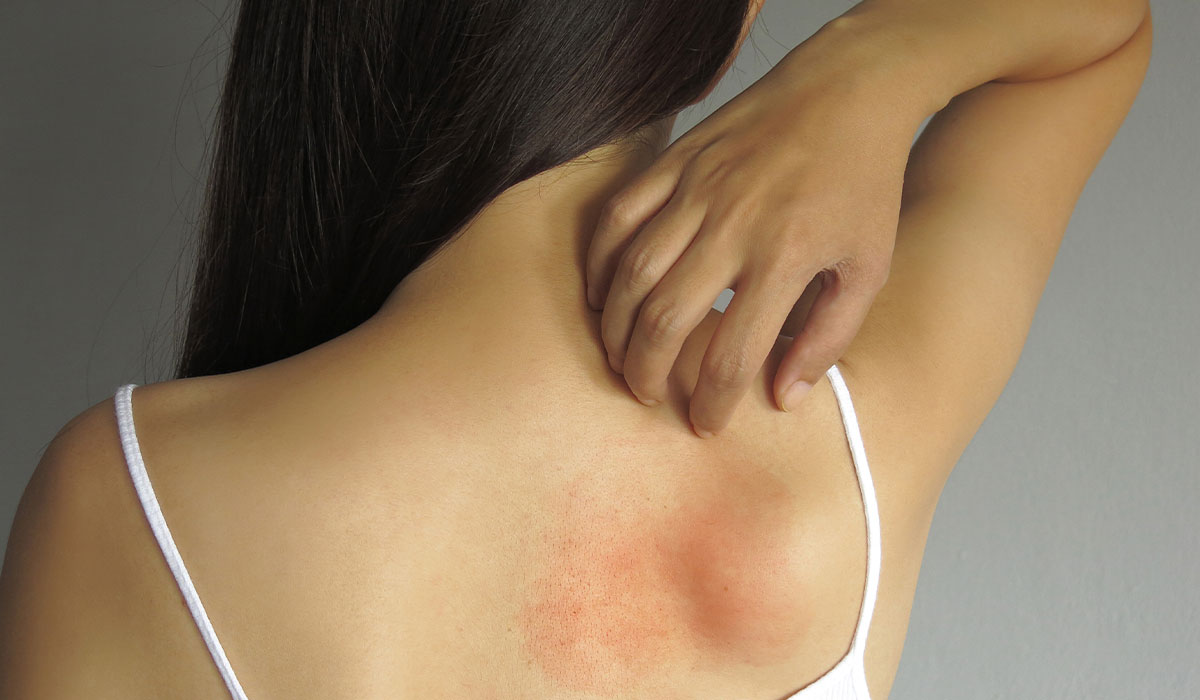
Heat rashes are skin lesions. They occur as a result of excessive sweating due to overheating of the body and… read more »

Cryotherapy is a treatment that uses the body's natural defenses to very low temperatures. What health benefits does it bring?… read more »

Cold feet are usually harmless symptoms caused by the body's reaction. However, it can also be a warning sign that… read more »
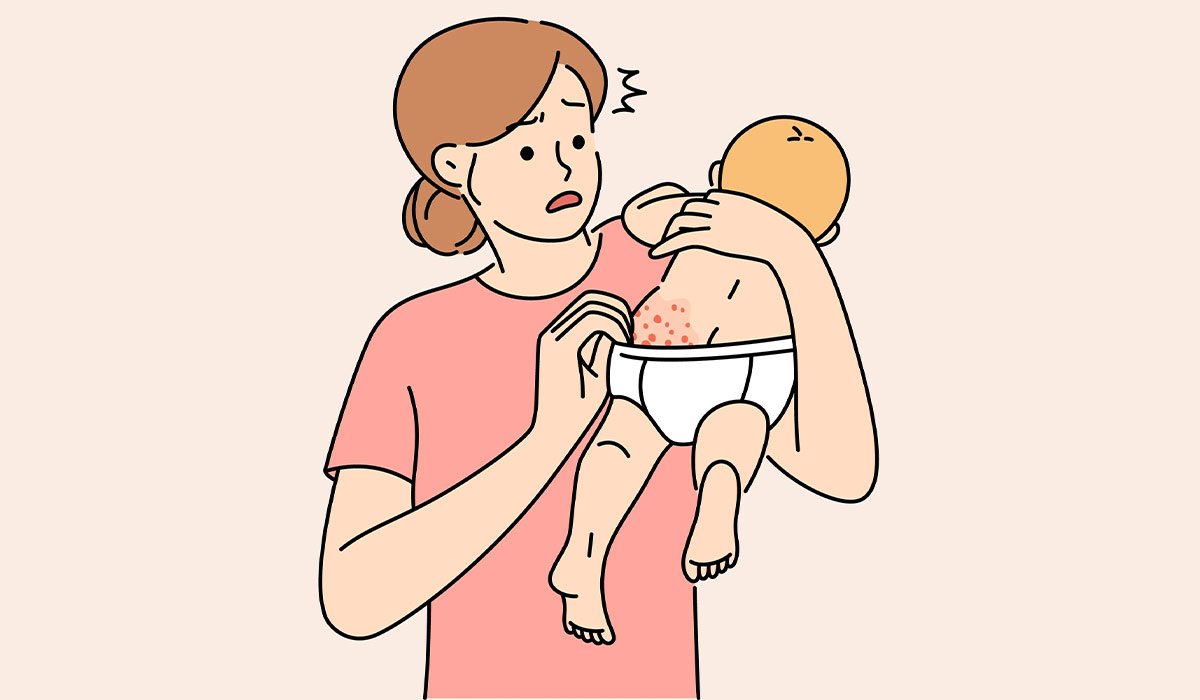
Roseola is an infectious viral disease characterized by high fever and a rash. It usually affects children under two years… read more »

A common cold is a set of symptoms associated with inflammation of the mucous membranes of the nose, throat and… read more »
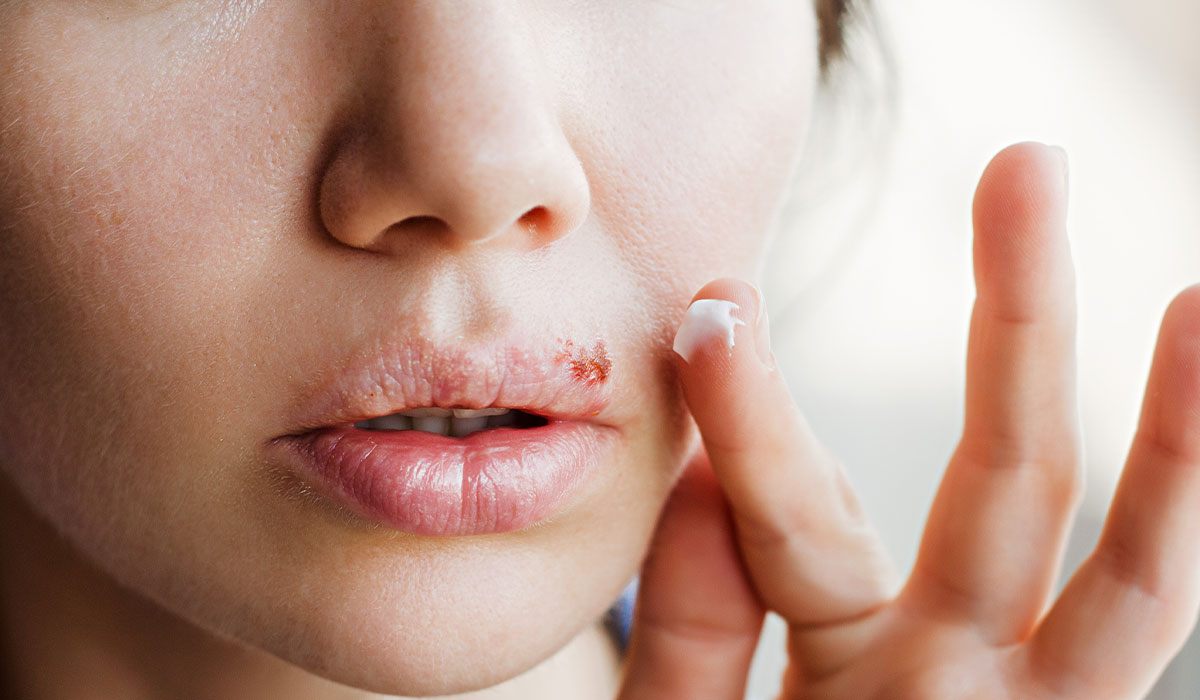
Cold sores are a common viral infection that usually affects lips skin around the mouth, chin, or nose. They are tiny… read more »
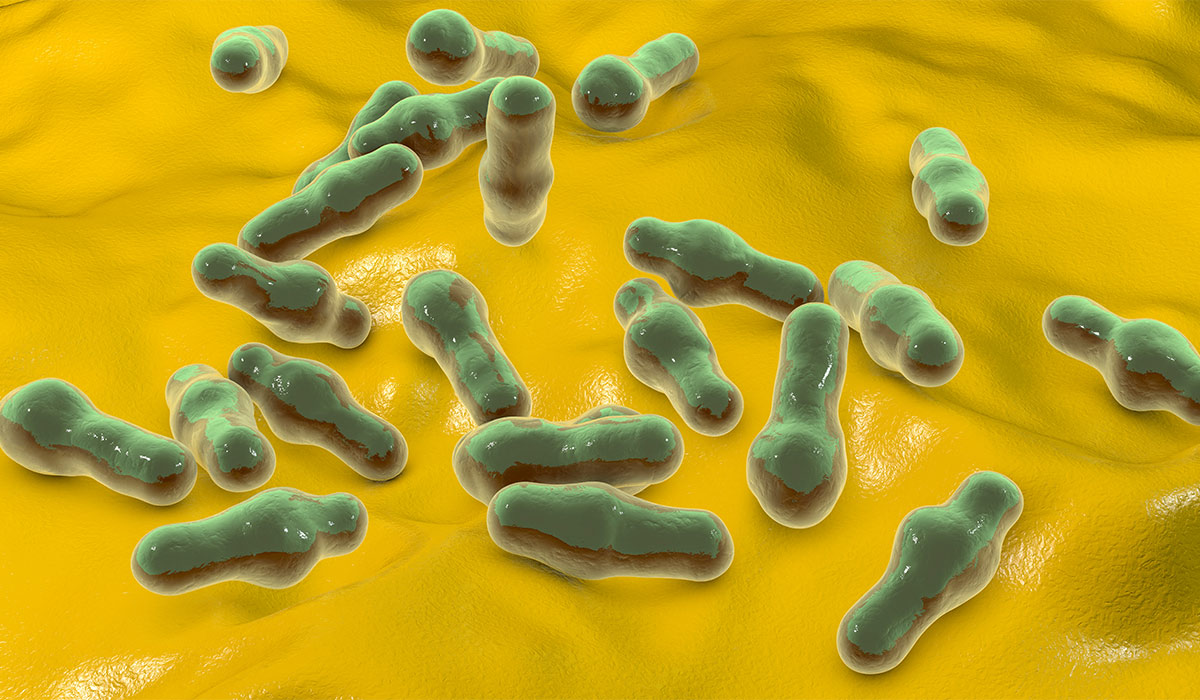
Necrosis refers to the death of cells constituting a body tissue. Dead or necrotic tissue can occur when blood supply… read more »